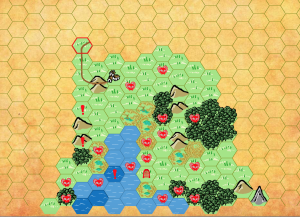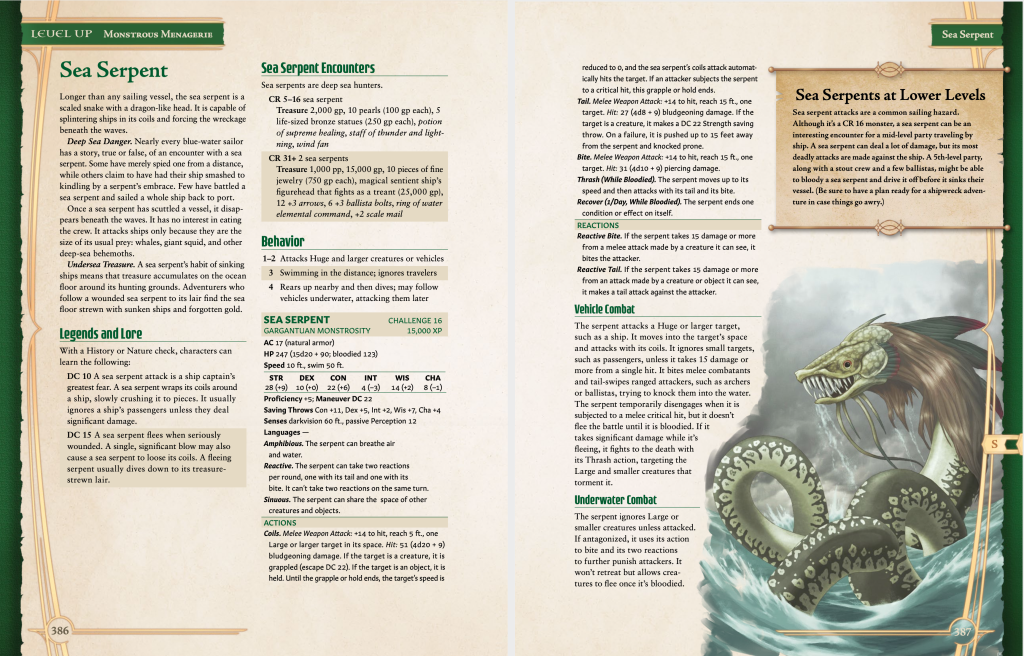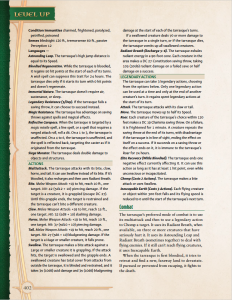As I mentioned, I’m the guy writing the D&D 5E conversion of Roll for Combat’s Battlezoo Bestiary, a monster book in your choice of Pathfinder 2 or D&D 5E. It has four days left of its Kickstarter as of today and it’s already collected more than $200k.
I want to talk about what I’m doing on the book, and share a sample monster, the butcher booth.
The butcher booth is basically a large mimic – but it’s the Sweeney Todd of mimics. It infiltrates market squares and poses as a booth or building. It mimics the sounds and smells of an inviting business, such as the sharpening of barber razors or maybe the smell of delicious meat pies. When people come in to engage in commerce, the demon barbershop seizes them in its jaws and flies away. Truly you’re never safe in the world of D&D, even during a shopping session!
Here’s the original Pathfinder 2 monster. Click to expand
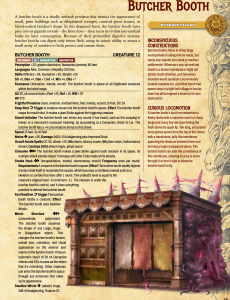
I took the Pathfinder monster and converted it to 5E. Despite PF2 and 5e’s shared lineage, there are quite a few conversion considerations.
The #1 issue is space. Pathfinder 2 is terse and keyword-based, while 5E uses natural language. For instance, it’s easy to give the Pathfinder butcher booth the ability to swallow creatures whole:
Swallow Whole (1 action) (attack) Huge, 3d6+8 bludgeoning, Rupture 23
The Pathfinder GM knows that Swallow Whole is a keyword they can look up to find the half-page of Swallow Whole rules. The rest of the entry fills in details. For instance “Huge” means that the creature can swallow creatures of up to Huge size. “Rupture 23” means that if the monster takes 23 or more piercing or slashing damage, the engulfed creature cuts itself free. And so on. Many of the rules are offloaded onto core book, so the actual swallow attack is about 10 words long in the monster entry.
Compare that to the rules for swallowing a creature in 5E. Here’s the 5E behir’s Swallow:
Swallow. The behir makes one bite attack against a Medium or smaller target it is grappling. If the attack hits, the target is also swallowed, and the grapple ends. While swallowed, the target is blinded and restrained, it has total cover against attacks and other effects outside the behir, and it takes 21 (6d6) acid damage at the start of each of the behir’s turns. A behir can have only one creature swallowed at a time.
If the behir takes 30 damage or more on a single turn from the swallowed creature, the behir must succeed on a DC 14 Constitution saving throw at the end of that turn or regurgitate the creature, which falls prone in a space within 10 feet of the behir. If the behir dies, a swallowed creature is no longer restrained by it and can escape from the corpse by using 15 feet of movement, exiting prone.
This approach means less page flipping but more stat-block real estate used. The behir Swallow attack is more than 150 words compared to PF2 Swallow Whole’s 10 words! A problem since the PF2 Butcher Booth stat block is already quite large. We don’t want the 5E version to be unmanageable in size.
For the 5e butcher booth, I actually removed the swallow action. I thought that I could accomplish a lot of the same thing with a bite attack that grapples and restrains and pulls the target inside the booth. At that point, the butcher booth can keep on chomping every turn, and can even fly away with hapless victims inside. I wrote a special bite action that can affect every creature inside its space, so it gets more dangerous as it imprisons more creatures.
This and similar considerations mean that, as I convert PF2 monsters, I’m making what you could consider a loose translation of the PF2 creature. I’m not in the business of re-implementing Pathfinder inside D&D. Whenever I can, I replace Pathfinderesque rules with something that works well in D&D, which is usually something simpler.
Another example: Pathfinder’s action economy is based on a character or monster having three actions. Every monster ability is listed with an action cost, and the GM can mix and match in different ways each turn. On the other hand, 5E monster action economy (excluding legendary monsters and low-level mooks) is based around the Multiattack action. A D&D monster may have many possible actions, but Multiattack usually specifies the way in which the monster can do the most things. Multiattack is sort of like a monster’s AI: it’s what a monster should probably be doing in combat if the DM doesn’t have a big spell or a rechargeable breath weapon on deck.
When I’m converting from the flexible PF2 action economy to the streamlined 5E one, I get to write the Multiattack, which means I codify the most fun collection of actions. That often means that I mix and match straight-damage attacks with fun, thematic powers that shake up the battle in an interesting way. The Butcher Booth’s multiattack is among the most complex multiattack I’ve written.
Multiattack. The butcher booth can use its Frightful Presence. It then attacks each creature in its space with its jaws, or attacks once with its jaws and uses Create Husk.
This strikes me as a fun attack routine. After a dragon-like Frightful Presence, it can bite everyone in its space (which could be everyone in the adventuring party if they all came in to browse for potions or whatever) or it can make a single bite – maybe pulling an external target inside for later digestion – and raise a previous victim as a zombie. Zombies pouring out of the general store should create some nice havoc in the marketplace, as well as being a rather heavy-handed criticism of capitalism.
The last thing I want to talk about is math. How do you convert a Pathfinder 2 AC of 30, or HP of 270, or a damage expression of 3d10+14, to D&D 5E?
Pathfinder is more mathematically rigorous than 5e and easier to math out. It provides monster creation guidelines that are more accurate than the 5e ones – in fact, without something like 5e’s bounded accuracy, you may break your Pathfinder monster if you venture too far afield from the guidelines. So all I need to do is take a look at the story being told by a Pathfinder monster’s numeric stats and tell the same story in 5e.
For instance: The Pathfinder butcher booth has a somewhat low AC and high HP for a level 12 PF monster. So to come up with 5e stats, I want to fire up my 5e Monster Manual on a Business Card and come up with somewhat low AC and high HP for a CR 12 5E monster. (I landed on AC 15 and HP 217 respectively.)
Here’s the final 5e Butcher Booth. Click to expand

If you want, say 100+ more 5e monsters like this, plus lots more stuff, go back the Kickstarter.
 The 5E version of the Battlezoo Bestiary (for which I statted up the 5e monsters) is out now, and you can buy it! The book contains more than 100 balanced, mechanically interesting monsters, plus a cool monster-parts magic item creation system which I worked on as well and which has been a ton of fun in my playtests.
The 5E version of the Battlezoo Bestiary (for which I statted up the 5e monsters) is out now, and you can buy it! The book contains more than 100 balanced, mechanically interesting monsters, plus a cool monster-parts magic item creation system which I worked on as well and which has been a ton of fun in my playtests.
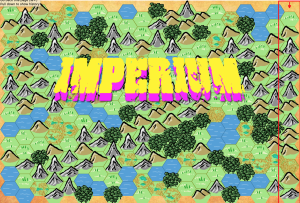
 But it’s really fun. I was playing it obsessively for a few days.
But it’s really fun. I was playing it obsessively for a few days. 